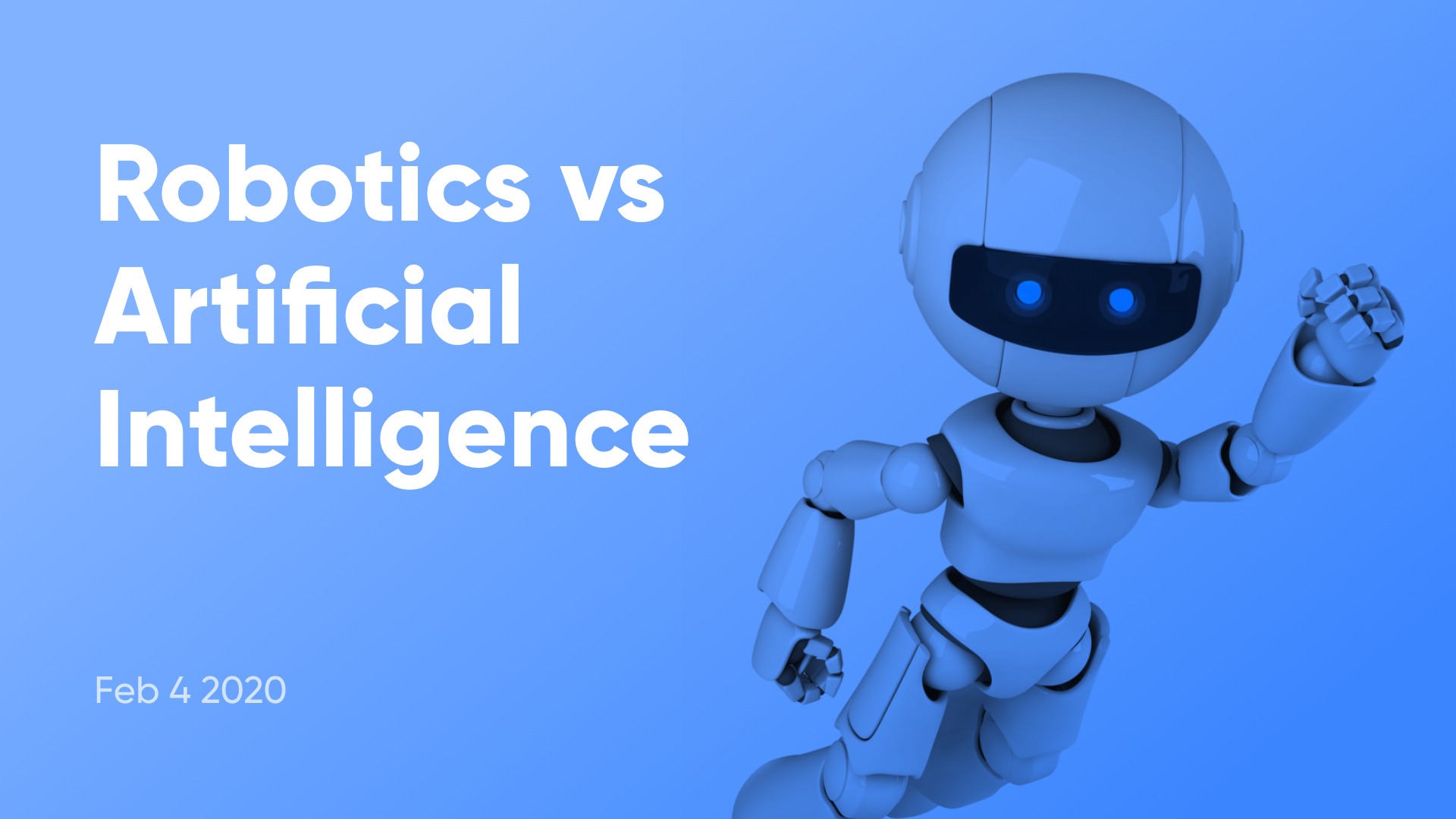Robotics vs Artificial Intelligence
Feb 04, 2021 8260 seen
What is the Difference Between Robotics and Artificial Intelligence?
Robotics and artificial intelligence (AI) perform very different purposes. However, people often confuse them․
Is AI part of robotics? Is robotics part of AI? What is the difference between the two terms? The first thing to clarify is that robotics and artificial intelligence are not the same things at all. To understand the difference between two of these terms, we should look at each of them individually.
Artificial intelligence and robotic systems can be found in every corner of our economy. Example uses include:
1. Internet tools
2. Banking and financial services
3. Healthcare services
4. Email
5. Transportation industry
6. Taking over hazardous and tedious jobs
7. Online shopping
8. Home automation and security
What is robotics?
The branch of technology that deals with physical robots call robotics. Robots are programmable machines that are usually able to carry out a series of actions autonomously, or semi-autonomously. Anyway, there are three important factors, which describe a robot: Robots interact with the physical world via sensors and actuators. Robots are programmable.
Robots are usually autonomous or semi-autonomous.
A simple collaborative robot is a perfect example of a non-intelligent robot.
For example, you can easily program a collaborative robot to pick up an object and place it anywhere you want. The collaborative robot will then continue to pick and place objects in the same way until you turn them off. This is an autonomous function because the robot does not require any human input after it has been programmed. The task does not require any intelligence because the collaborative robot will never change what it is doing.
What is artificial intelligence?
Artificial intelligence (AI) is an interdisciplinary branch of computer science. AI uses a variety of approaches, such as deep learning and machine learning, to make jobs more natural to do. There are two types of artificial intelligence: narrow AI (weak AI), and general AI (AGI or strong AI).
The general concepts of AI and machine learning are not that foreign to us as they have been heavily investigated by popular media, especially the recent years.
So what is the main aim of artificial intelligence? There are a lot of movies showing us a reality where AI-enabled machines and robots hold the dominating power and in some scenes, robots are in endless competition with humanity. Of course, these have triggered, to a good extent, lots of negative impressions about AI and machine learning among the average people. However, despite how negatively can movies demonstrate the power of machine learning and AI, the stated technologies are indeed transforming average human lives into better ones.
Several common industries are impacted by machine learning and AI. Artificial intelligence can benefit the economy by helping the evolution of work. AI can help people perform their tasks better, not take their jobs.


